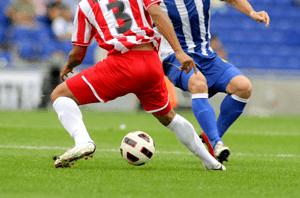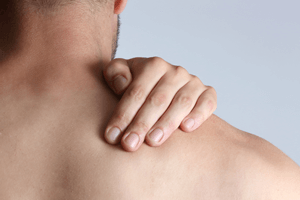+65 6533 0968
WhatsApp +65 9111 5623Mon to Fri: 07:30 - 19:30
Sat: 08:30 - 13:30
+65 6533 0968
WhatsApp +65 9111 5623Mon to Fri: 07:30 - 19:30
Sat: 08:30 - 13:30
 Research suggests that the incidence of insidious low back pain (LBP) in golfers may occur as a result of factors such as cumulative load from high volume swing practice; lateral shearing forces created on the downswing by trunk side flexion and trunk rotation; an over-rotation of the trunk on the backswing, and /or core muscle dysfunction, to name a few.
Research suggests that the incidence of insidious low back pain (LBP) in golfers may occur as a result of factors such as cumulative load from high volume swing practice; lateral shearing forces created on the downswing by trunk side flexion and trunk rotation; an over-rotation of the trunk on the backswing, and /or core muscle dysfunction, to name a few. Hydration in sport is vital to replace the loss of fluid that our body perspires, which controls our body temperature as we utilize energy. If we do not replace this fluid we overheat and dehydrate, which may lead to a decrease in performance and an increased risk of injury.
Hydration in sport is vital to replace the loss of fluid that our body perspires, which controls our body temperature as we utilize energy. If we do not replace this fluid we overheat and dehydrate, which may lead to a decrease in performance and an increased risk of injury.
To minimize dehydration, athletes need to drink enough in exercise to match their sweat loss. Read more
 Groin pain is one of the most frustrating injuries for athletes in terms of lost time from sport.
Groin pain is one of the most frustrating injuries for athletes in terms of lost time from sport.
Research indicates several risk factors that may contribute to the development of groin pain and predispose an athlete to these injuries. Some are more strongly supported than others in systematic review of the literature.
 Trigger points are described as a tender spot in a tight band of muscle, that is painful on palpation or touch. They are commonly called “knots” and may cause pain locally, may refer pain to a different area of the body or may limit range of motion. They are caused by overactivity in a muscle, which may be a result of the likes of poor posture, muscle imbalances, overuse in sport or daily activities, or stress. Read more
Trigger points are described as a tender spot in a tight band of muscle, that is painful on palpation or touch. They are commonly called “knots” and may cause pain locally, may refer pain to a different area of the body or may limit range of motion. They are caused by overactivity in a muscle, which may be a result of the likes of poor posture, muscle imbalances, overuse in sport or daily activities, or stress. Read more